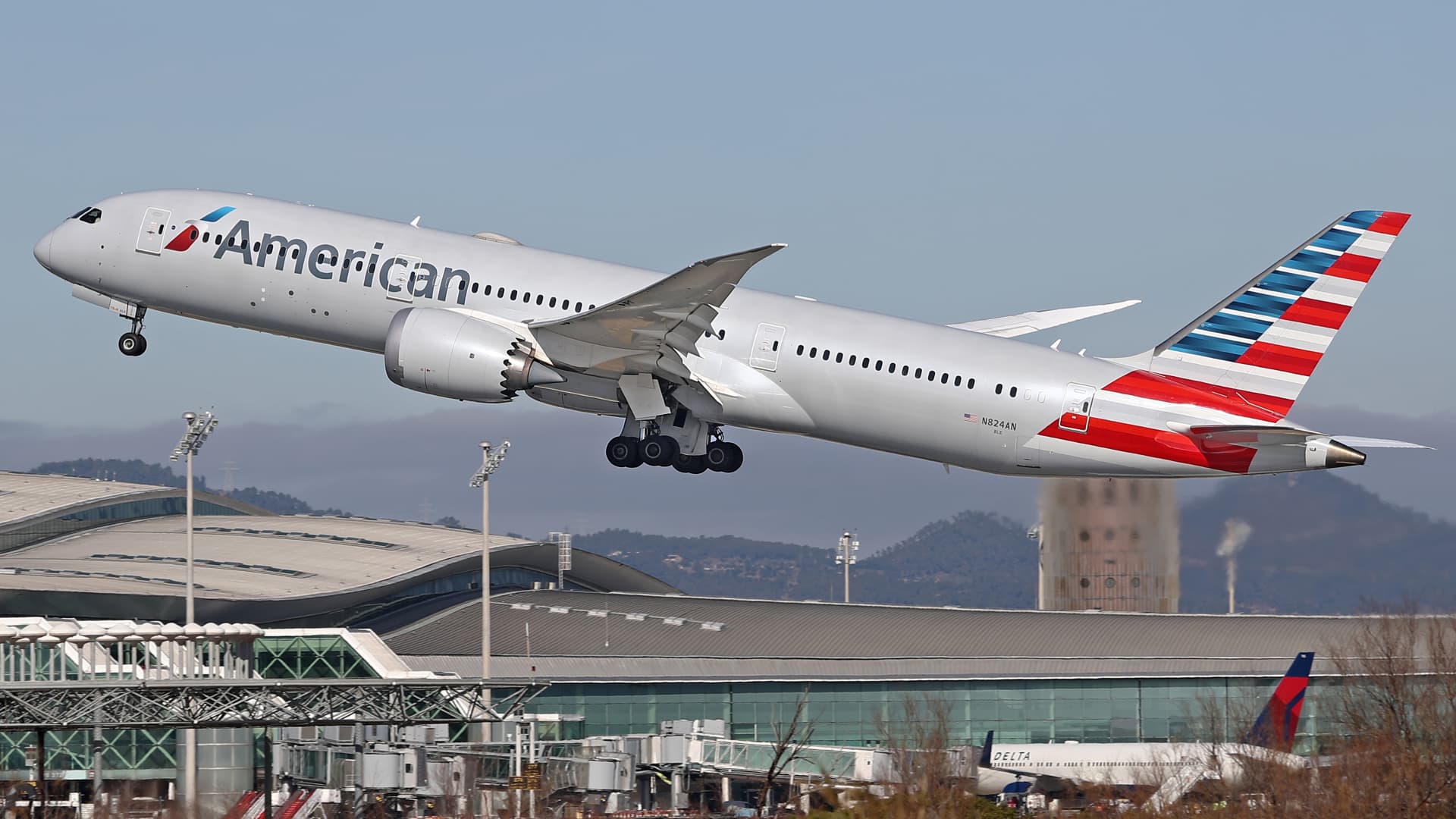A worker puts pepperoni on a pizza inside a Domino’s Pizza franchise in New York.
Daniel Acker | Bloomberg | Getty Images
After a year marked by business closures, disruptions and unprecedented challenges, the franchising industry is poised to bounce back to pre-pandemic levels by year’s end if Covid-19 is controlled, according to an upcoming report.
In its annual economic outlook, the International Franchise Association is estimating more than 26,000 franchised locations will be added, or a gain of 3.5% to over 780,000 establishments. The additions would help offset last year’s declines.
In addition, franchise employment is set to rise more than 10% to nearly 8.3 million workers, the group said. It added that of the nearly 800,000 expected new jobs, many will come from the retail, food and services sectors.
The IFA forecast, prepared by research and consulting firm FRANdata, projects the gross domestic product of the sector will increase by 7% to $477.4 billion, and franchise business output will jump 16.4% to $780 billion, also making up for losses seen last year. In 2020, franchising lost some 20,000 units and saw employment decline by 11.2% to 7.5 million workers due to losses in lodging, full-service restaurants and personal services sectors.
“Through quick adaptability, scalable technology, and a focus on in-demand products and services, the franchise sector has shown its resilience time and again. In conjunction with smart policies out of Washington, franchises can help Americans get back to work,” Robert Cresanti, IFA president and CEO, said in a statement to CNBC.
The bulk of growth this year will come from the commercial and residential services industry, along with continued strength from the quick service restaurant category, which has gotten a boost over the last year. The strength of the recovery assumes several factors including controlling the pandemic, the vaccine rollout and pent-up consumer demand.
“It’s important to understand there’s not just going to be this explosive growth as soon as everyone is given the green light,” said Darrell Johnson, CEO of FRANdata. “The world has changed, and consumer behavior has changed significantly in certain ways, that it will lead to a different kind of growth coming out of this.”
Johnson cited the enormous growth of home delivery and curbside pickup at quick-service restaurants as example of where we will continue to see growth. He said these services were “forced into the equation” because it was the only way consumers could purchase products.
The industry’s recovery also hinges on government action to both support small businesses and the economy at large.
President Joe Biden’s $1.9 trillion economic recovery plan includes aid for small businesses in the form of grants and financing, along with direct checks to individuals. Congressional Democrats are also working to include $25 billion in aid specifically for restaurants.
The Paycheck Protection Program has been a lifeline for many small businesses who were able to access funding, with the Small Business Administration reporting that as of Feb. 15, just under 1.7 million loans have been approved for nearly $126 billion.
The average loan was $75,000 as smaller companies are accessing aid, but 1.17 million have been second-draw loans, for those who received aid earlier in the cycle and are tapping the program again.
The IFA report will say that nearly half of all franchisees are one- and two-unit operators and that includes a number of minority-owned businesses and those who operate in underserved communities. Aid is important as these small businesses are at the highest risk of closure.
“There are businesses that benefited from the first round of PPP that kept them alive. They got a second round of PPP because they really were hurting still, and so they were kept alive again. The question is, what is the long term prognosis for those businesses?” Johnson said. “And therein lies the conundrum for policymakers.”
Another factor in the recovery includes government policies like increasing the federal minimum wage, according to the report. The IFA has warned against Biden’s plan to increase the federal minimum wage to $15 an hour by 2025, cautioning that it could slow the recovery and could lead to the adoption of more automation.
The National Restaurant Association released data Tuesday echoing this sentiment. It said 82% of operators expect initial wage increases would hurt the recovery from Covid-19.
“Passage of this bill this year would lead to job losses and higher use of labor-reducing equipment and technology,” said Sean Kennedy, the restaurant industry trade group’s executive vice president for public affairs, in a statement. “Nearly all restaurant operators say they will increase menu prices. But what is clear is that raising prices for consumers will not be enough for restaurants to absorb higher labor costs.”






